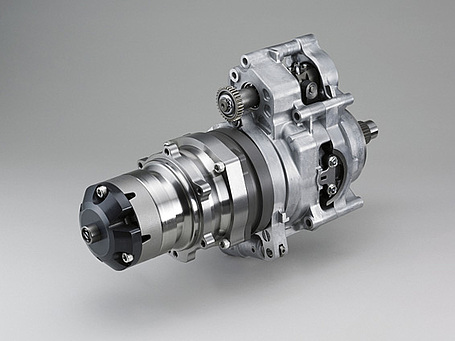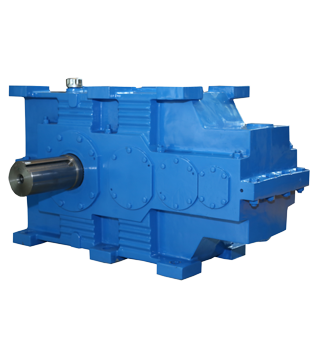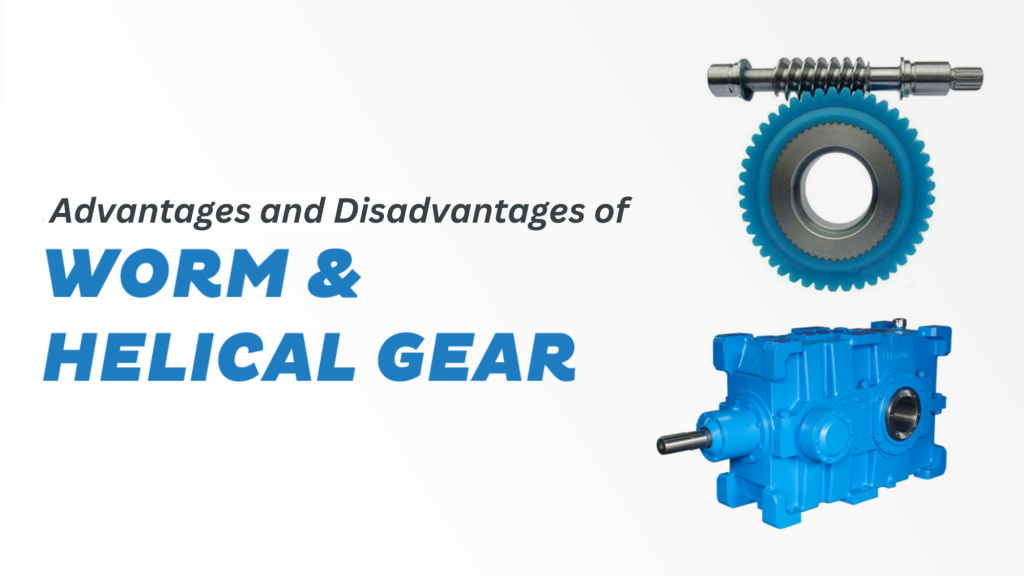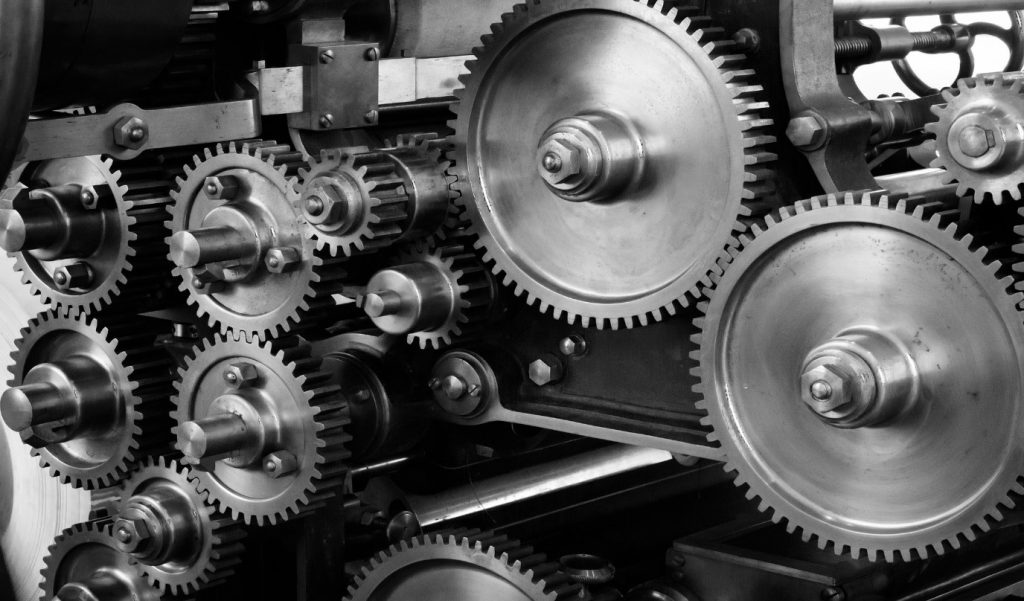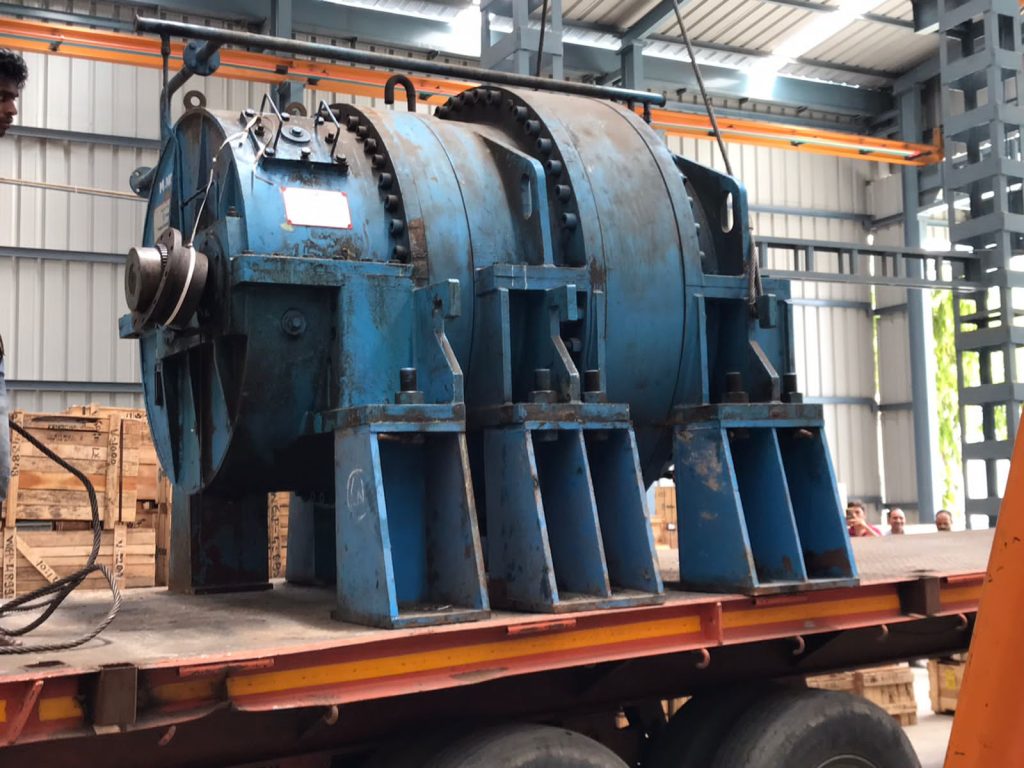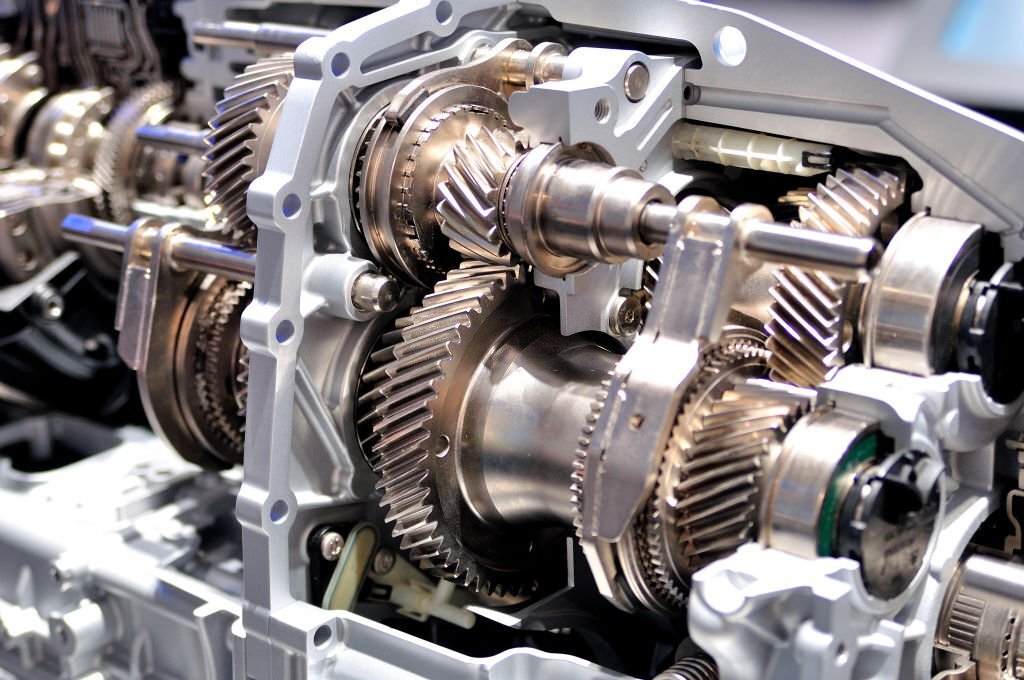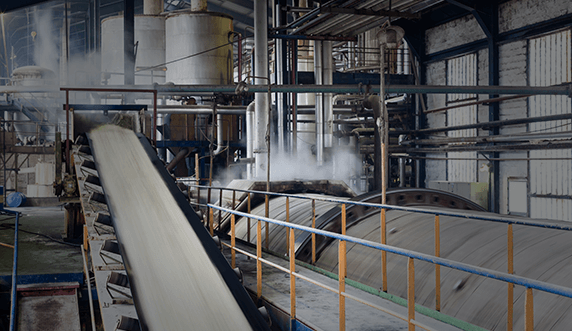Have you ever wondered what makes your car move? It is the transmission system that helps to supply/transmit mechanical power from the car engine to the wheels. The transmission system basically includes a clutch, gearbox (also known as transmission), drive shaft or propeller shaft, universal joints, rear axle, wheel, and tires.
Each component attached to the engine plays a vital role in the entire power transmission process. The complete setup of the system of transferring power and energy from the engine to the wheels helps in maintaining the cruising speed of the car without any kind of hurdles or disturbance.
Now you may know how to change a tire or fix an engine, but do you know how to fix a broken transmission? After all, it is as important as all the other elements of your car. If you want your car to work at its optimum level then you must keep its Power Transmission Products solid and in good working condition.
Types of Transmission Systems
There are mainly two types of transmission systems available in the market
✔ Manual Transmission System
✔ Automatic Transmission System
Manual Transmission System:
A manual transmission many times referred to as standard transmission requires a driver to select the gear within the automotive gearbox in order to achieve the desired speed. Speaking about how the entire system works, refer to the diagram below.
The green shaft which comes from the engine through the clutch allows you to get connected and disconnected with a push of a clutch pedal. I mean the moment you push the clutch pedal, the transmission gets disconnected so that the engine runs even when the car is standing still and once you release the pedal, the green shaft and gear turns at the same RPM as that of the engine.
Next is the red shaft, commonly known as the layshaft. The green shaft and the red shaft are directly connected with each other with the help of meshed gears. As the green shaft spins, the layshaft receives its power directly from the engine whenever the clutch is engaged.
Other than these two power transmission products, you will see a yellow shaft, blue ones which ride on the bearings and end up spinning the yellow ones (splined shaft).
Automobile Transmission System:
The modern automotive system in an automobile comprises numerous components and systems that are made to work together in a symphony of clever mechanical, hydraulic and electrical technology. Some of its main components include:-
- Planetary Gearbox – The sets are mechanical systems that provide the various forward gear ratios as well as reverse.
- The Hydraulic system- A specific transmission fluid is sent under pressure by an oil pump through the valve body to control the clutches and the bands.
- Seals and Gaskets- Oil needs to be kept in its place and seals and gaskets prevent it from leaking out.
- The Torque converter- It simply acts like a torque converter that allows a vehicle to come to a stop in gear while the engine is still running.
- The Governor and modular- To monitor speed and motion and determine when to shift and when not to.
- The computer- Computer controls all the shift points on newer vehicles and directs electrical solenoids.
How is the Gearbox of a manual transmission system different from that of an automatic transmission system?
A gearbox of a manual transmission system is far better than that of the automatic one. It requires a more active role on the part of the driver. I mean the driver gets more control over the dynamics of the car in terms of both stopping and speeding the vehicle. While on the other hand, an automotive or planetary gearbox does switching of the gears on its own.
Being a driver you do not need to add much input to make the system work effectively. The only control you have in your hand is to put the car into the forwarding or reverse position.

